Training your biceps can be a very fun and rewarding exercise, unless you’re eating a crunchy bar like the Nutty Professor while you’re at it. Most people start off using dumbbells and move on to other exercises. Several of these can be done using the pull-up bar which is precisely what we’ll be covering in this article. Not only do pull-ups help you work the back muscles but the biceps are also trained. Depending on the chosen exercise, you will be able to focus more on training the biceps. We will be looking at the various exercises that can be done on the pull-up bar, including a description of how to perform them.
Exercise 1 - Reverse-grip pull-ups

Reverse-grip pull-ups (also known as chin-ups) can be demanding at first but yield good results later on. This exercise consists of simply switching your grip on the pull-up bar thus focusing more on your biceps. The general idea is to reverse your handgrip from a regular pull-up (hand palms facing you). It is also important to use a narrow grip as opposed to a wide grip as this will stimulate your back muscles more as opposed to your biceps. We will be delving deeper into this aspect in the next pull-up exercise.
Exercise 2 - Narrow pull-ups

Similar to the reverse grip pull-up exercise, narrow pull-ups consist of doing pull-ups by narrowing the space between your hands. It is key to keep the space narrow in order to stimulate your biceps. This exercise is very effective as you are required to lift your own bodyweight up until your chin reaches over the bar.
Start by gripping the bar with both hands, keeping a small distance between the two. As your hanging from the bar use your arms to pull your body up and aim to pass the bar. The distance between your hands is very important as it affects which muscles are focused on more (i.e. the back muscles or biceps). A wider grip tends to be great for stimulating your back muscles but it can also help to build up the biceps. It is important to note that your biceps should not be struggling to pull you up as your back muscles may take the lead in pulling the weight up, thus resulting in a back workout instead. Hence, it is best to use a narrow handgrip to ensure more focus on your biceps. Alternatively you can also use the parallel narrow grip see picture below.
Exercise 3 - Single-arm pull-ups

(picture by Felix)
Doing single-arm pull-ups is not for the faint-hearted. If anything, it is a very demanding exercise, which really stimulates your arm and biceps. As the name suggests, you start out by grabbing the pull-up bar with the arm that you wish to train. You can opt to stand in front of the bar or underneath it and pull yourself up. Ideally you would be able to life your body to the point where your head reaches over the handle bar.
As you may have guessed, this exercise is easier said than done. Thus, it is recommended to only perform it once you have undergone some solid training for your arms, as the exercise is very demanding. Such an exercise can lead to accidents if one is not ready or careful to follow the steps properly. As with most training exercises, if you feel that the first few reps take a tremendous effort then it may be best to consider another set of exercises first before opting to do single-arm pull-ups. As this is a very advanced exercise, we recommend to start practicing it with pull-up bands.
Check out our pull-up bands:
[product="P-00095"]
Exercise 4 - L-sit pull-ups

An L-sit pull-up requires a good posture and proper strength to perform. This exercise consists of doing a regular pull-up whilst lifting your legs forward as if you were sitting, hence the name! You are to start out hanging from the bar in position with your legs raised and follow up by lifting your body up with your arms (can be over/underhand-grip). The challenge in this exercise is that it can put a lot of strain on your abs and arms while keeping the posture and repetitions going. That’s why it is good to start out with shorter sets and build these up as you go. It’s best to do a couple of reps properly than to do lots of sloppy reps that scream struggle – these may not be very effective in terms of training and may do more harm than good by the end of the day.
Exercise 5 - Cross-over pull-ups
Doing cross-over pull-ups can be a fun exercise. To start off, stand underneath the pull-up bar and grab the bar with both hands. The idea is to pull your body up whilst alternating the sides where you pull up. In other words, you can start by pulling yourself up on your left flank and switch to the right flank in your next repetition. Doing a full set of reps will stimulate the biceps on both arms. Moreover, doing cross-over pull-ups can be more fun as they involve more fluid movements.
As discussed throughout this article, there are several exercises that you can apply when using the pull-up bar in order to train the biceps. Regardless of which exercise(s) you choose to go with, remember that it is important to perform them properly as suggested in this article to maximize the results for your biceps. As we have mentioned in previous articles, keeping a strong posture while undergoing your training regimen is important. This is especially true for certain exercises such as the L-sit pull-ups where a firm posture is key for getting the most out of the exercise.

For achieving great results, it is certainly recommended to combine two or more together. Switching things up can help to add some change to your training thus making it more interesting. It’s key to enjoy your workout sessions and not to force something onto yourself. Therefore, next time you intend to train your biceps, consider changing things up and trying different methods using the Pullup & Dip bar as a support tool for your training session.
[product="P-00060-INDOOR"]
Are you looking for a suitable pull-up bar for indoors & outdoors to also train your biceps? We at Pullup & Dip offer you various high quality and unique pull-up bars. Go check them out now!

Recommended articles:
How to achieve 20 pull-ups in a row - 7 tips


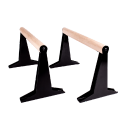
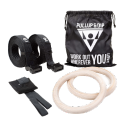

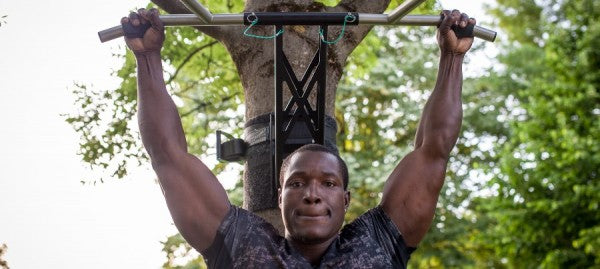
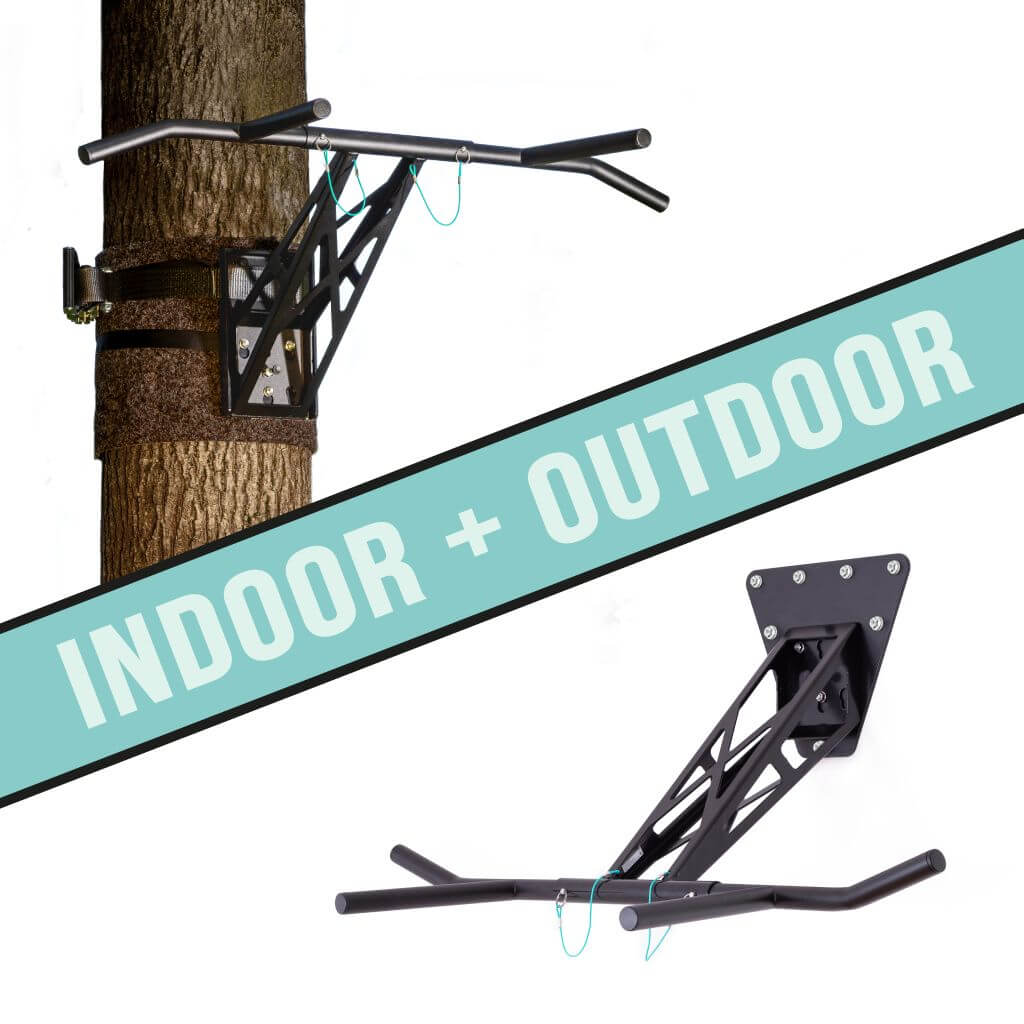

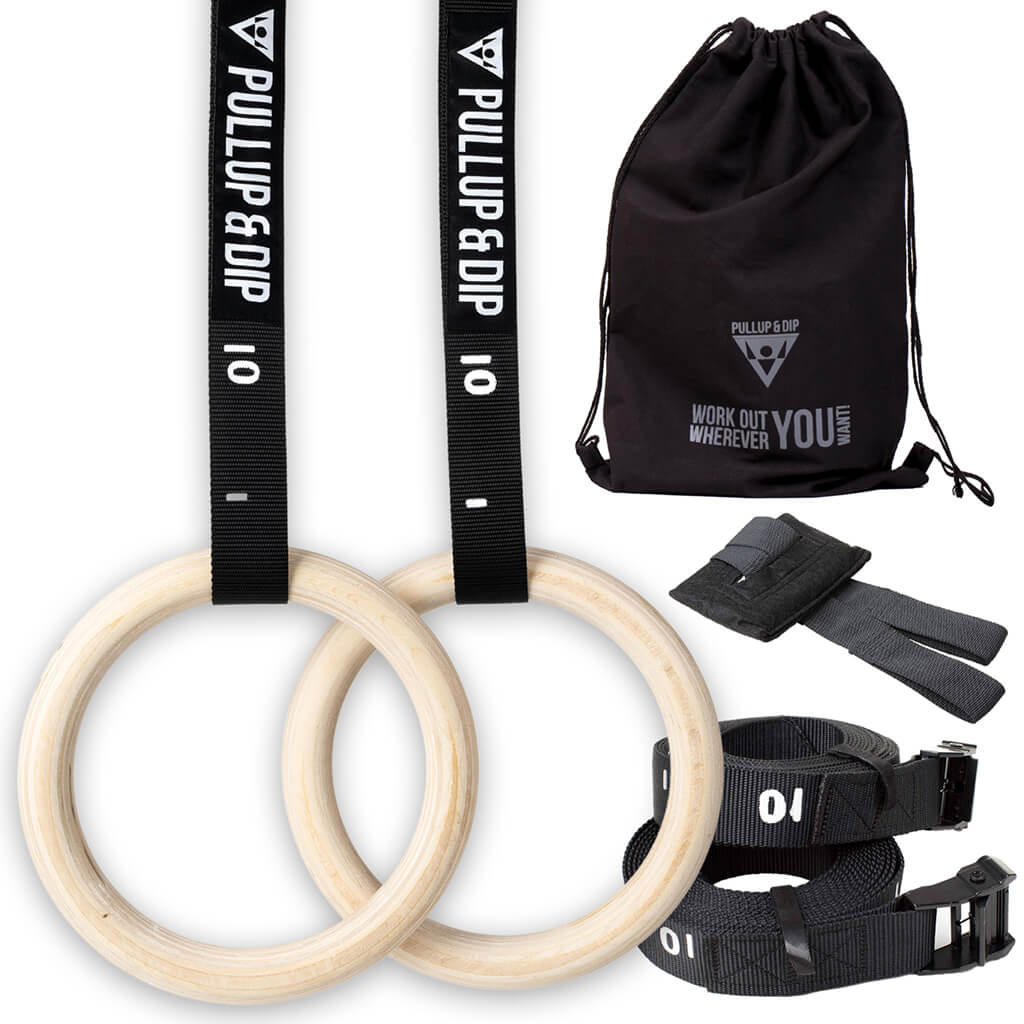

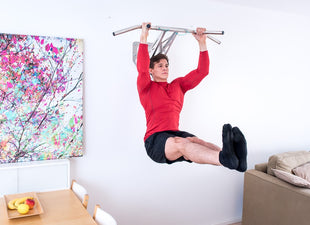
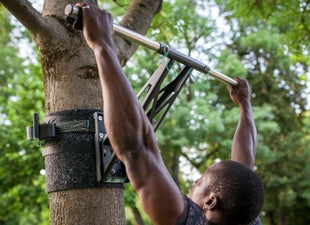

Leave a comment
All comments are moderated before being published.
This site is protected by hCaptcha and the hCaptcha Privacy Policy and Terms of Service apply.